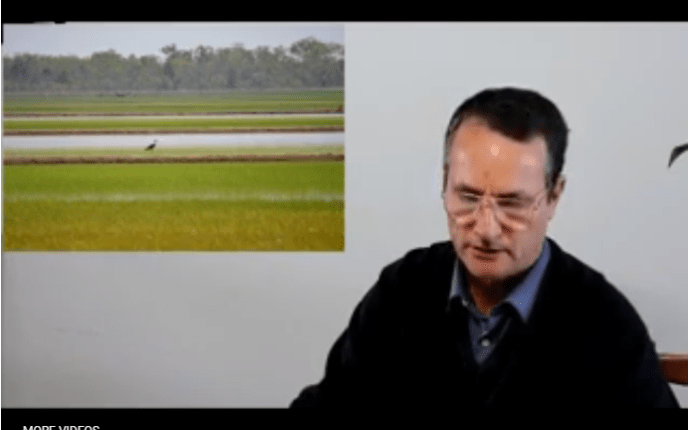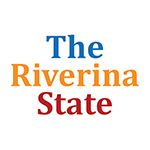The Fatal Flaw of N.S.W. (Video)
.
Click the red SUBSCRIBE button on the upper side bar to receive free email notifications of new Riverina State posts.
The Fatal Flaw of N.S.W.
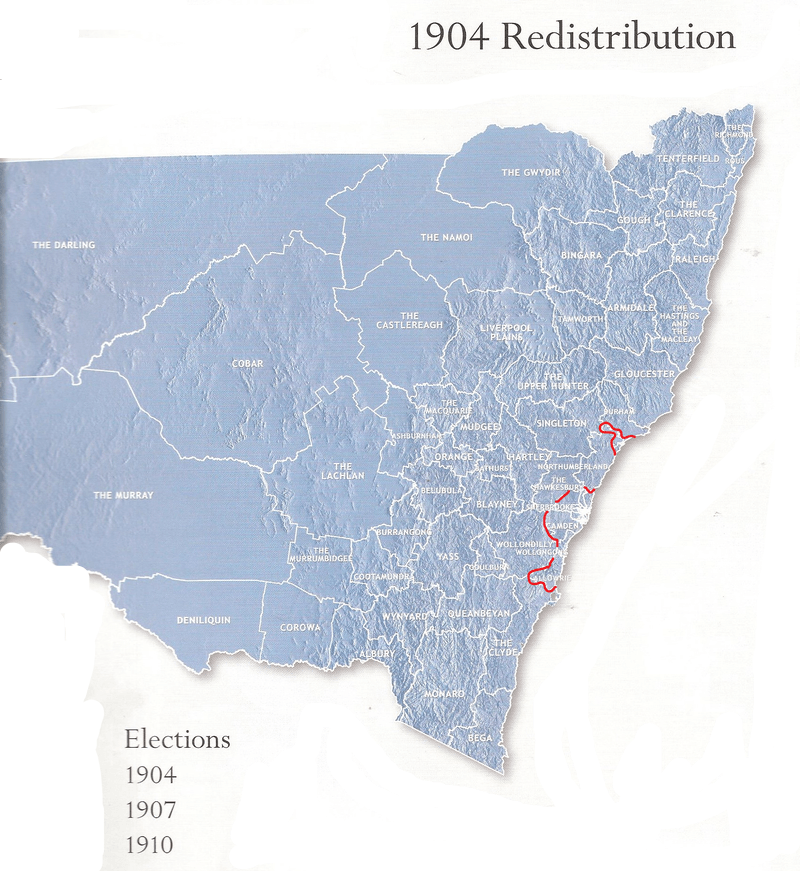
In 1904 in the first state election in N.S.W. after the federation of Australia, there were 90 electorates with each containing approximately 7,600 enrolled voters. Of these electorates, 43 were located in the metropolitan areas of Newcastle, Sydney and Wollongong, while 47 were located in the non-metropolitan areas. The proportion of electorates being 47% metropolitan and 53% non-metropolitan.
.
.
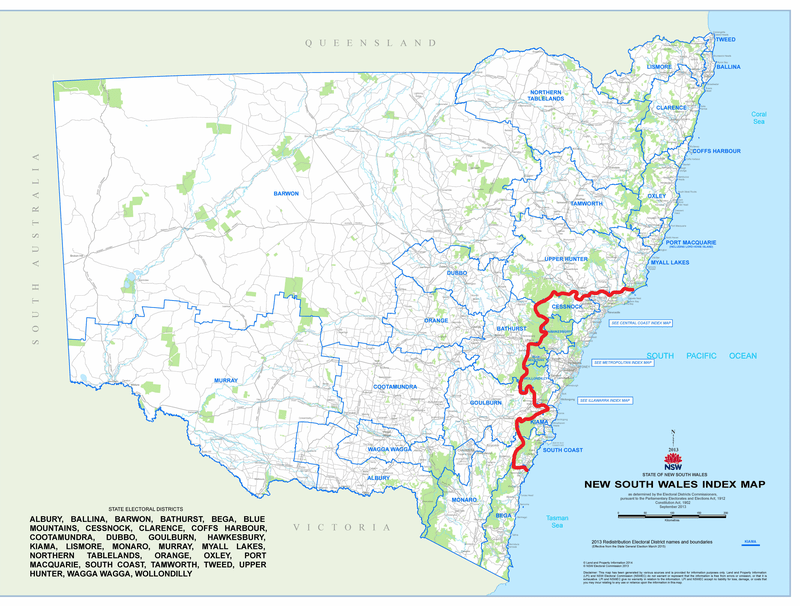
Due to electorates being based on equal population, and the population increasing more in the Newcastle, Sydney and Wollongong areas, each electorate now consists of approximately 51,000 voters, with 71 of the 93 electorates located in the metropolitan areas and 22 in the non-metropolitan areas. The proportion of electorates now being 76% metropolitan and 24% non-metropolitan.
.
.
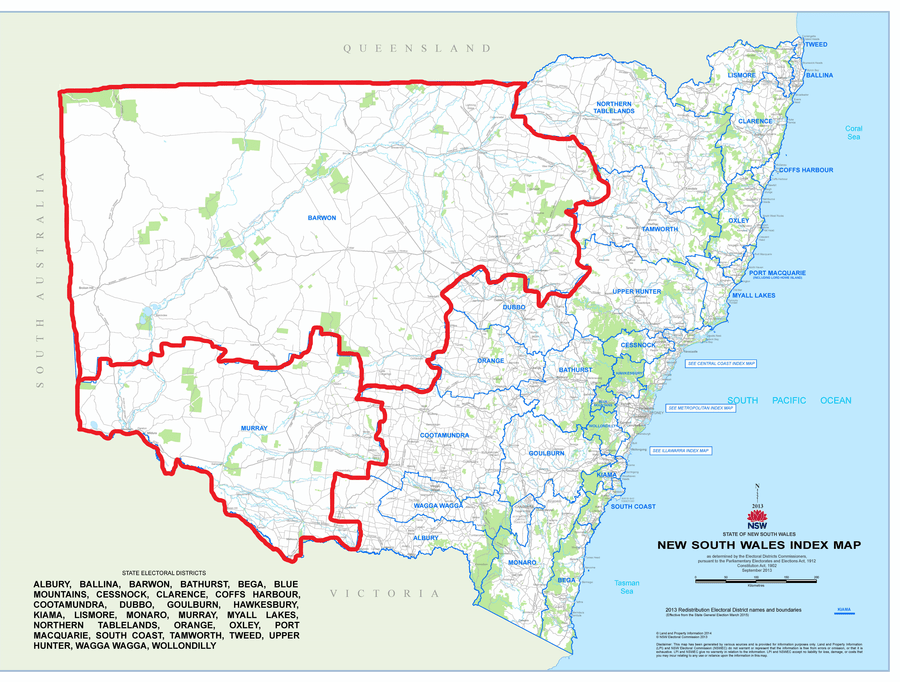
The electorates of Murray and Barwon, which contain all the irrigation in the NSW, comprise 60% of the area of the state, but only make up 2.1% of the Legislative Assembly
In the 2019 state election, Murray and Barwon consisted of 49,122 and 47,875 voters respectively. Both electorates are under the state average 50,756. The next redistribution, due before the 2023 election, will certainly require an increase in the area of Barwon, and possibly Murray as well, to gain the extra people necessary to remain within 5% of the average as required by law.
Since 1904, on average, every 5 years one electorate has evaporated from the non-metropolitan areas and condensed into the metropolitan areas.
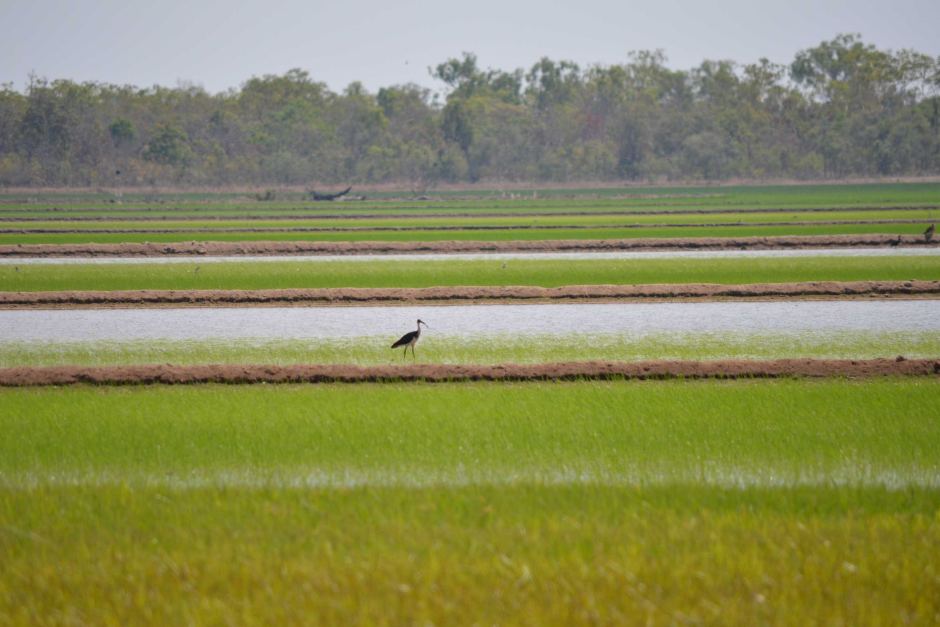
N.S.W. has evolved into a state with practically all political power concentrated in the areas of Newcastle, Sydney and Wollongong. Decisions are being made that are very detrimental to primary industries such as agriculture, forestry and mining, but because these industries are located outside the metropolitan areas, the affected people cannot defend themselves politically.
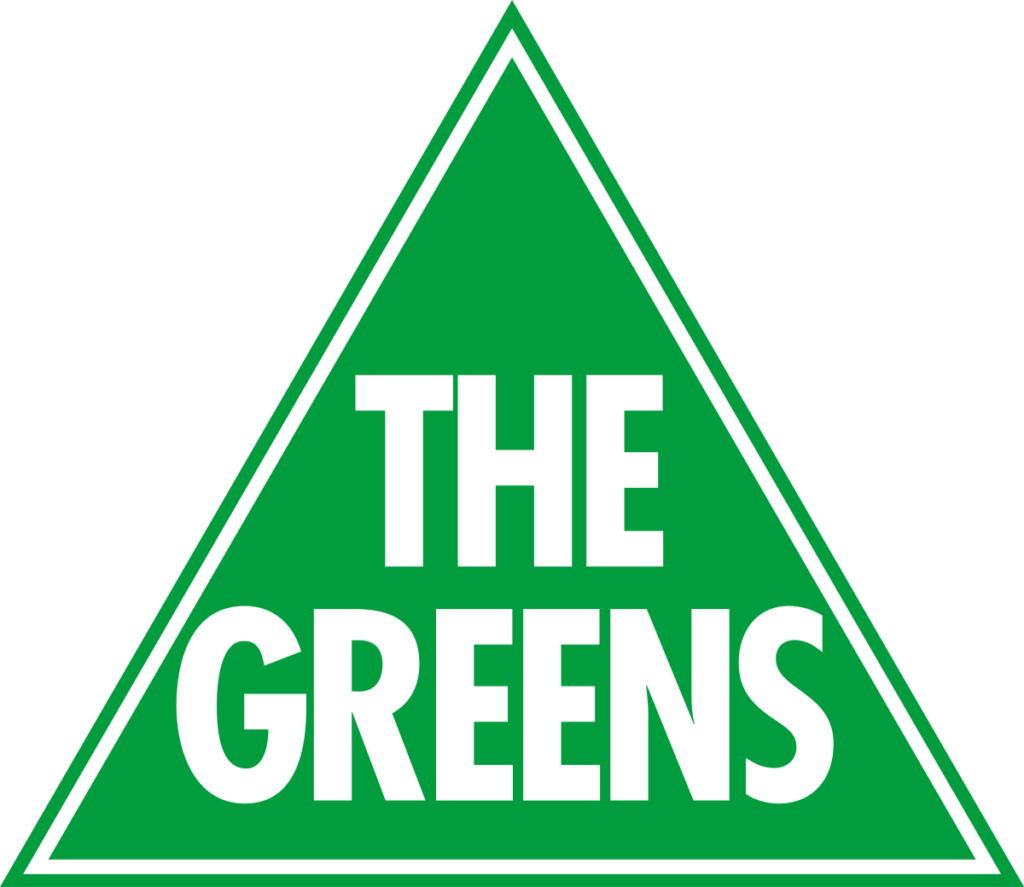
Note further that in the 2019 state election, 435,000 people voted for The Greens. The Greens are opposed in varying degrees to all agriculture, forestry and mining. The vast majority of these voters were from the electorates in Newcastle, Sydney and Wollongong, and the north coast. 435,000 is the equivalent of every voter in 8 and 1/2 electorates: This is the equivalent of every voter in Murray, Barwon, Albury, Wagga, Cootamundra, Orange, Dubbo, Monaro and 1/2 of Bega.
.

This is a situation that will demand that either the people in the metropolitan and non-metropolitan areas have somewhere near equal representation in parliament, or N.S.W. will eventually split into multiple states.
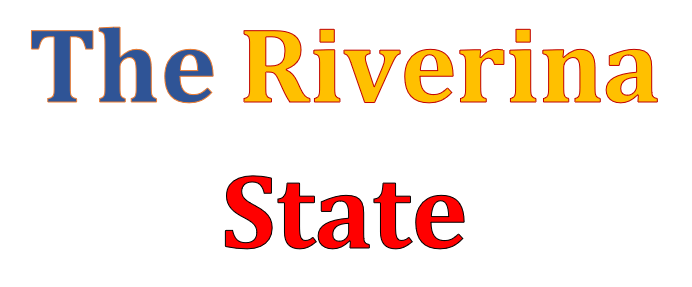
Since the people and politicians in the areas of Newcastle, Sydney and Wollongong will be very unlikely to agree to devolving equal political power to the lesser populated non-metropolitan areas, it is inevitable that NSW will split, with one of the consequent states being The Riverina.

